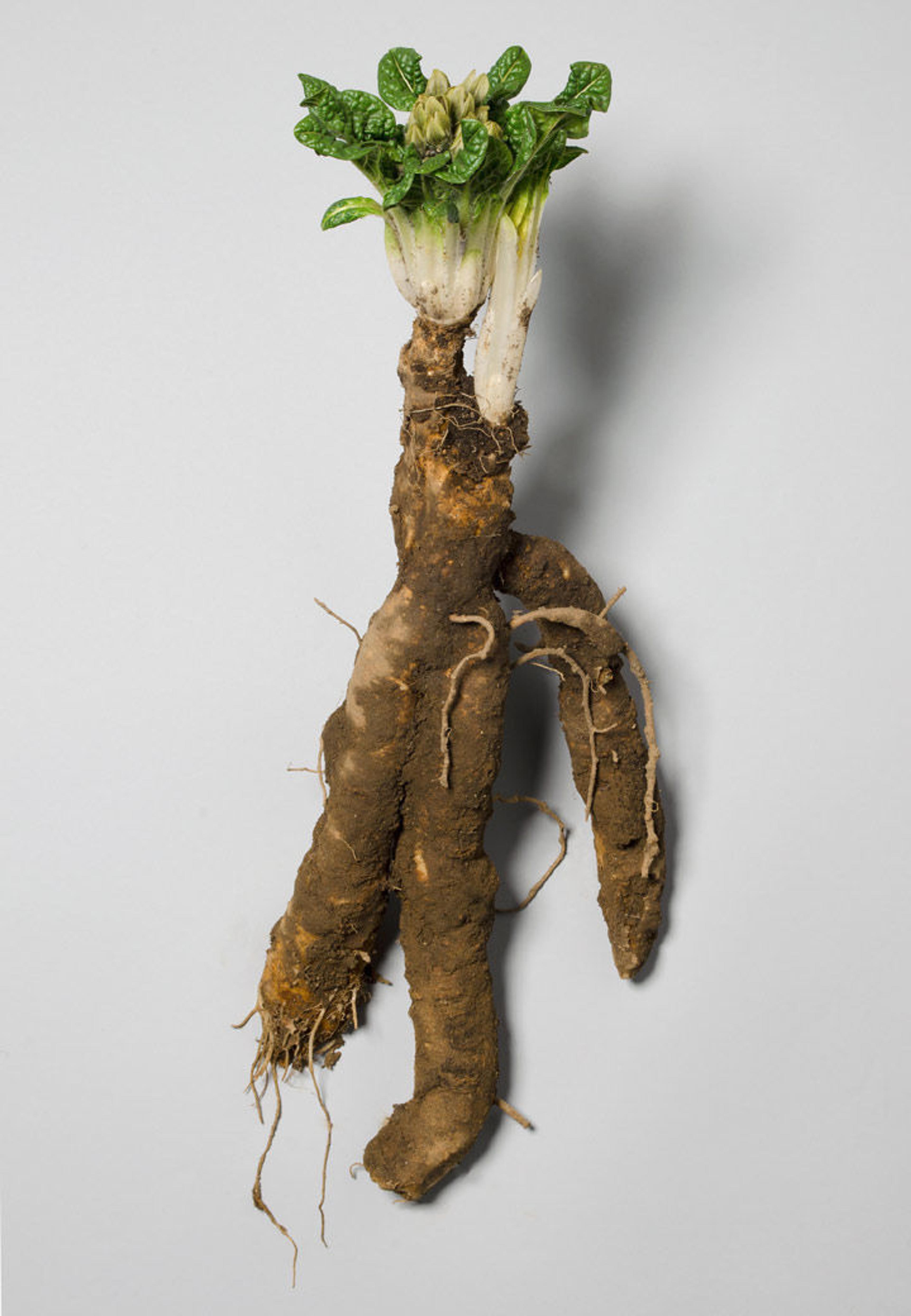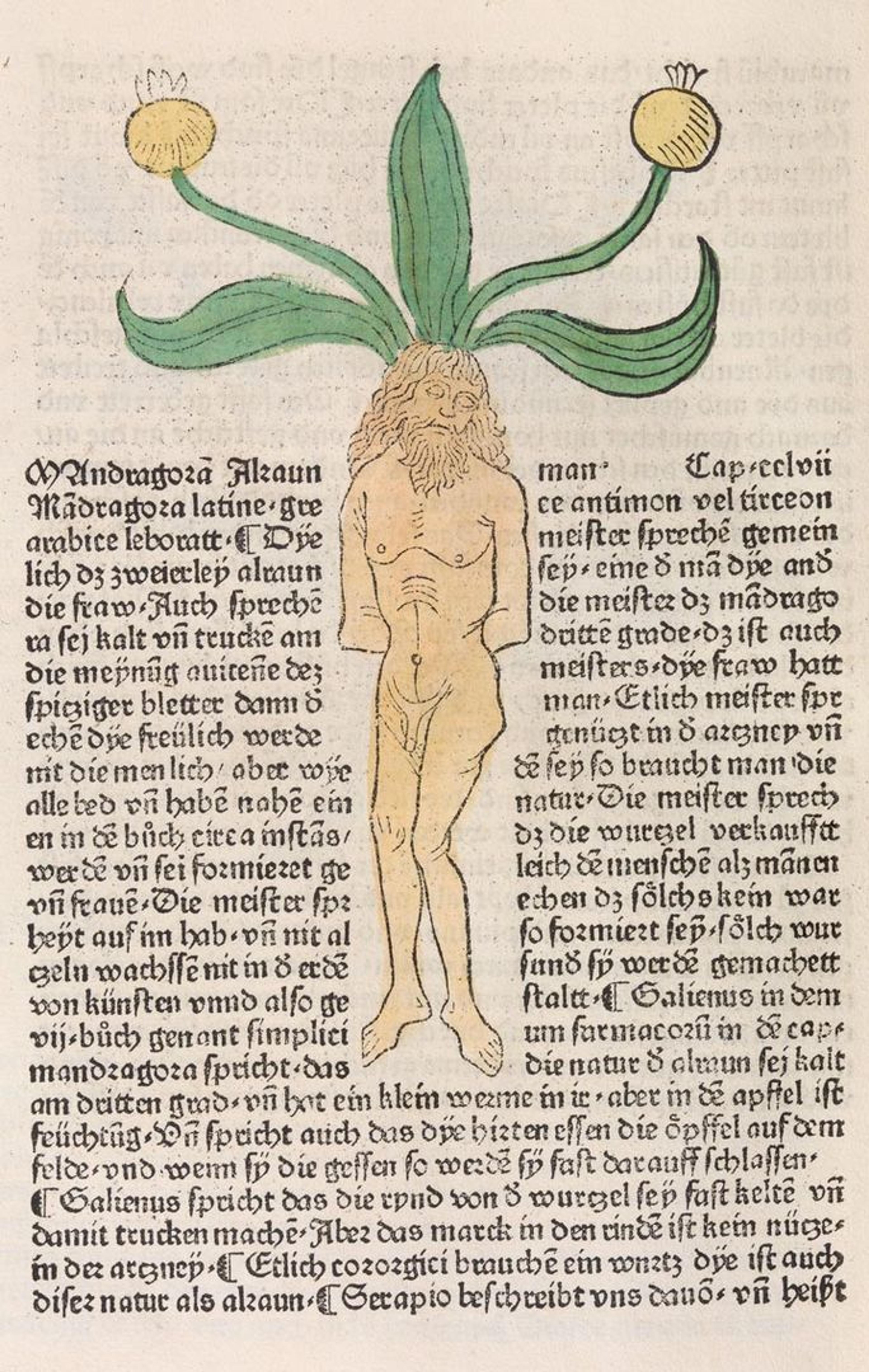
A mandrake from Herbarius - Gart der gesuntheit - Hortus sanitatis. Published by Hans Schönsperger the Elder (German, active 1481–1520). Augsburg, 1485. The Metropolitan Museum of Art, New York, The Elisha Whittelsey Collection, The Elisha Whittelsey Fund, 1944 (44.7.16)
«Join us for Garden Days at The Met Cloisters, a daylong program of events on Saturday, June 4, and Sunday, June 5. Garden Days is an annual event that is always popular, regardless of the weather. Last year's programs focused on the importance and use of spices in medieval culture, including herbs commonly used in brewing and exotic imports from the East. Our theme this year revolves around the history and practice of botanical illustration.»
One of the topics that will be covered is the use of medieval herbals, which are books that describe and classify plants and provide information on their medicinal, culinary, or magical properties. Medieval herbals often detailed instructions on the preparation and use of certain plants, as well as the legends associated with them. They also included illustrations of the plants to aid in their identification. There are many medieval herbals in The Met collection, including one of the first printed herbals, Peter Schoeffer's Der Gart der Gesundheit, which details the mandrake. It is notable that Der Gart der Gesundheit was written in vernacular German rather than Latin or Greek, and includes very fine woodcut illustrations based on the observation of nature.

The storied and magical mandrake (Mandragora officinarum)blooms in the spring in the Bonnefont garden. The likeness of the root to human form was greatly exaggerated in medieval illustrations and contributed to its reputation as an aphrodisiac. Photo by Andrew Winslow
What process did the medieval artist follow when illustrating medieval botanicals and herbals? Did the actual plant look like its image? Do modern botanical illustrators have the same or different concerns? Has the practice of botanical illustration changed? A panel of botanical illustrators will discuss their work and demonstrate this highly specialized art. Our horticultural staff will answer questions in the gardens throughout the day and lead tours specific to this year's theme within the context of medieval plants and practice. The program includes garden tours and a family workshop.
We are also pleased to announce that a landscape painting demonstration will be held in Fort Tryon Park on the same weekend. It's the perfect opportunity to explore this beautiful park. See you at Garden Days!
Related Events
Garden Days at The Met Cloisters
Saturday, June 4, and Sunday, June 5
The Met Cloisters - Museum-wide
Free with Museum admission
Related Links
The Medieval Garden Enclosed: See all blog posts related to the mandrake
In Season: See all blog posts related to the mandrake
